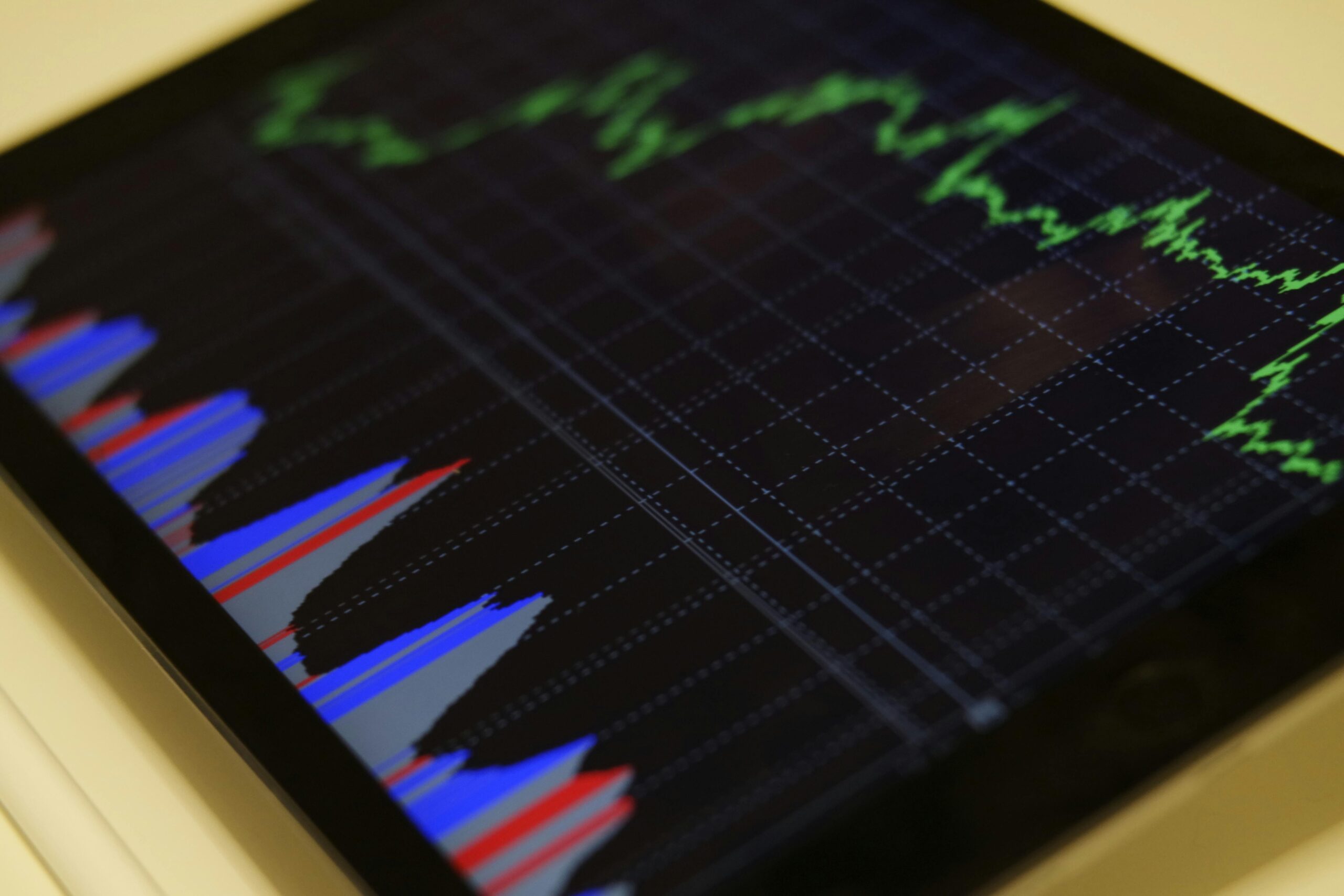 George Russell only wanted to make his grandfather proud...
George Russell only wanted to make his grandfather proud...
He didn't plan to change the entire investing industry.
George started working at his grandfather's business, Frank Russell Company, in 1958. Although it had been around for more than two decades, it was still pretty much a one-man show.
Frank Russell was a retired Wall Street stockbroker just looking to keep busy. So he worked with a handful of local clients.
George joined the team after graduating from Harvard Business School. But he didn't have much time to adjust. Three months later, his grandfather died... and George found himself at the helm.
George turned out to be a savvy businessman. He grew the company to nearly $300 billion in assets under management today.
And as you'll see, he transformed all of Wall Street in the process...
 During George's first decade leading the business, pension funds were booming...
During George's first decade leading the business, pension funds were booming...
Companies would invest money on behalf of their employees so they'd be set for retirement. There was a problem, though... A lot of funds struggled to pick good investments.
None of these pensioners knew what they were looking at. Pension funds had a tough time getting good data on their investments. Their managers and brokers would all come up with different numbers.
And that made measuring performance a hassle.
George created the Portfolio Activity Report ("PAR"), the gold standard for measuring pension performance.
The report tracked a fund's holdings, buys, and sells. It was a crucial single source of information for fund managers.
George and the team soon realized there was a lot of demand for a stock data "one-stop shop." So the company began building indexes that tracked stock performance uniformly. Pension funds could use the data to make better investment decisions.
 Even back in the 1980s, pension funds weren't satisfied with doing well...
Even back in the 1980s, pension funds weren't satisfied with doing well...
They wanted to beat the S&P 500. To do that, investors had to look outside the S&P 500.
So the Russell team took all the companies it could track – about 3,000 in total – and turned that data into its own index.
Most folks these days are familiar with the Russell indexes. The Russell 3000 is still pretty much the definitive universe of investible U.S. companies.
George and the team broke that up into two smaller indexes. They expected the Russell 1000 to be the more popular. Since it holds the 1,000 largest publicly listed U.S. stocks, it's closer to the S&P 500.
But to their surprise, the Russell 2000 became the crowd favorite.
Investors loved this list of smaller, less-covered stocks. Folks realized that while these stocks were small, they could soon grow to be in the Russell 1000... or even the S&P 500.
It gave them a chance to buy in earlier than ever.
 It's still a huge deal for stocks to join the Russell 2000...
It's still a huge deal for stocks to join the Russell 2000...
They gain legitimacy, meaning a lot more investors can start buying in.
In fact, many institutional funds are required to buy what's in the Russell. It's the best way to track the index's performance.
And since investors are starting much closer to the ground floor... there's a lot more room for shares to run.
The S&P 500, the Nasdaq, and the Dow are still the world's most popular stock indexes. But the Russell provides some of the best investment-universe data out there.
If you're looking for some great hidden gems, start your search in the Russell 2000. Plenty of the smallest stocks are just waiting to grow into the larger indexes.
Regards,
Joel Litman
May 15, 2024
P.S. This year's Russell reconstitution is on June 28... and with only weeks left, you're running out of time to take advantage.
Each year, the Russell team decides what stocks to add and delete from the indexes. More than $10 trillion and over half of the U.S. stock market is set to move... including every member of the "Magnificent Seven." And it all happens in a single day.
I just released a list of the top five stocks that could double your money in the next six weeks – plus another seven you should avoid at all costs. Get the full details here.



 George Russell only wanted to make his grandfather proud...
George Russell only wanted to make his grandfather proud...

